

The underpainting is in place. It's time to start applying paint that will serve as the finished product. As I stated in my last journal entry, the large graded sky area is an effort I have been dreading.
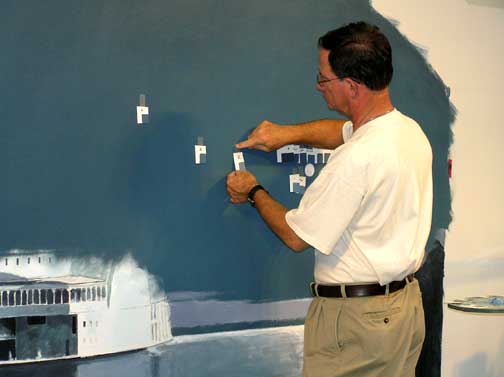
To paint a sky pattern this large requires a great deal of planning. And, to add to the difficulty, this is a nocturnal sky. The next time you observe a full moon note the area around the moon. This area will be a warm blue or greenish value. The moon is not blue as most would think. The moon is actually a warm tonal value because it is reflected light from the sun. Therefore, the area around the moon will be a warm reflection of the moon. The thicker the atmosphere the warmer and brighter the sky around the moon. As you move away from the moon the sky cools and becomes a richer blue. As the eye moves higher in the sky, the sky becomes darker.
Above I am using a series of sample colors mixed from the palette below to identify the area where a certain color value will be applied.
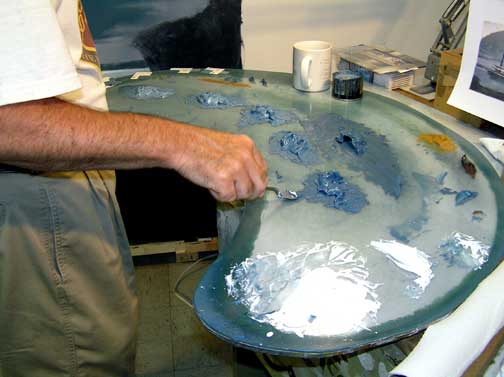
I will not go through the complete process I use to mix my palette because it is an essay in itself. I will say that I use a very limited palette. I use six colors which includes white; and, technically white is not a color. For those of you inclined to pick up a brush from time to time, I use Titanium White, Yellow Orche, Alizarin Crimson, Winsor Yellow ( a bright yellow), Prussian Blue, and Cadmium Yellow. I can for the most part produce any color I wish from this group. By using a limited palette, I can match colors more easily. This is very helpful when working on a large work and having to match palettes from one week to the next while working on the same area and subject. The only reason, in my opinion, that the paint manufacturers produce so may colors is so that you will buy more paint. It's a profit thing. However, please note for a special effect I have been known to reach into the paint bin for a special color from time to time just to accent an area.
The mixing of the colors for the sky is an important step in the process. Several things must happen here. 1) The colors throughout the large pattern must be planned. 2) The amount of paint for each area must be determined. and 3) The values of the painting must be a seamless transition from one distinct value to the next. Note that each pile of paint is a small step away from the value beside it. As I move from left to right, the color goes from warm to cool. You will note in the following photograph depicts a series of samples taped to the underpainted canvas. Each one of the samples represents a mixed value on the palette.
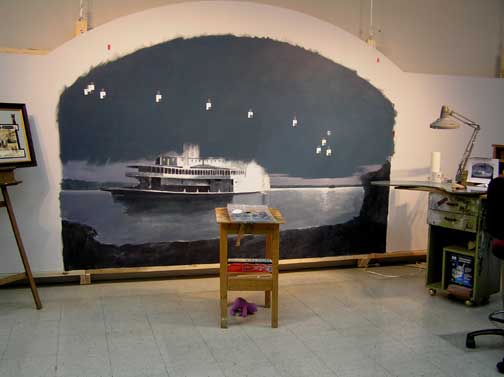
A day has been spent mixing the palette. The samples have been made and the palette sealed for painting to follow the next day.
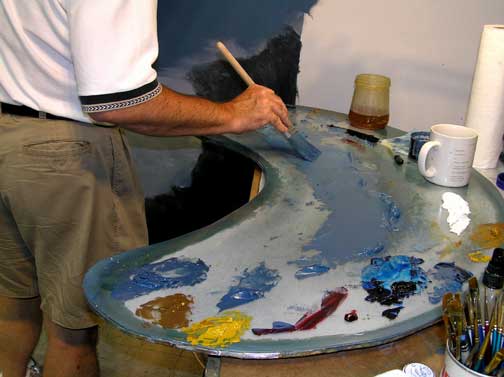
The next day the values are laid out and the painting begins. In order to complete and blend the sky to completion, there will be no breaks until finished. It's just the way I have to do it.
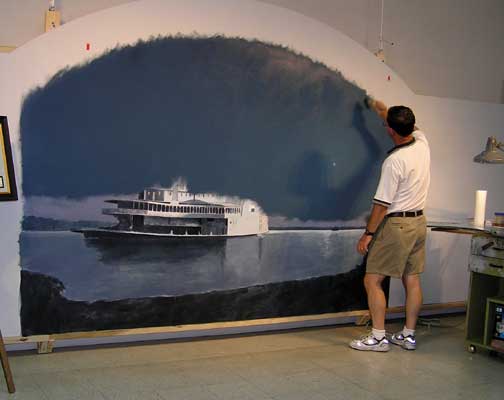
The paint has been applied and blending takes a while. The area must be completed while wet. The sky must be done in one piece because there will be no matching an area when dry. Over my thirty-four years as an artist I have had a few of my paintings damaged. The area that is usually damaged? Yes, the sky pattern. It is so difficult to match the colors of a blended sky that I usually have to add a cloud or two to cover up the damage.
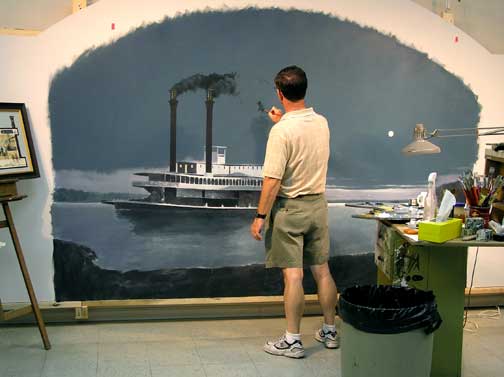
The sky has dried and work begins on the smoke, clouds, and trees to be painted over this area. Remember I said you can't match the sky? Well, the adding of anything over the graded sky must be right. Planning is important. The smoke begins to take shape.
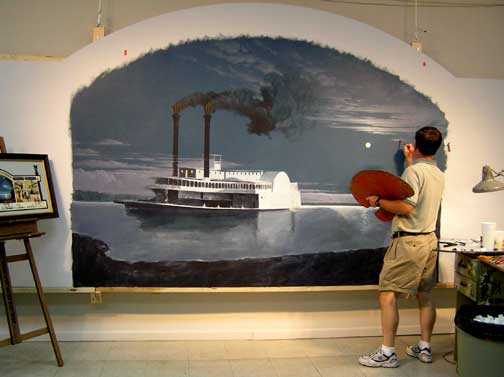
With the smoke partially complete I start on the cloud patterns. The two have to work together. The smoke and clouds have to work in relation to the moonlight. Film and even digital photography are not as refined as the human eye. Therefore, I have to rely on my memory and written notes from my nights on the river to make the image happen.
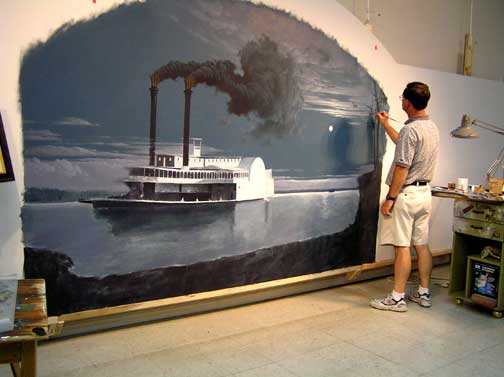
The trees are being painted over the moonlit clouds. A note at this point for my brush toting friends. I never use black. Black is a very boring color. I can make a blacker black with Prussian Blue and Alizarin Crimson, try it. It is hard to tell from the image below; but, the trees are made of blues, greens, and magentas, no black.
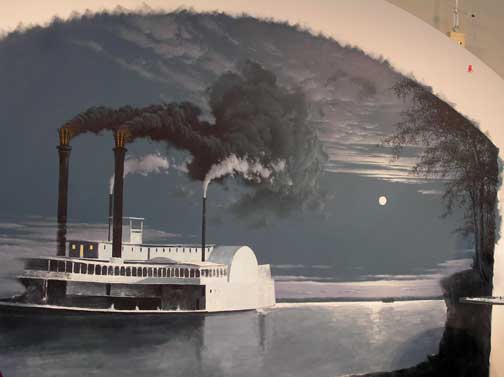
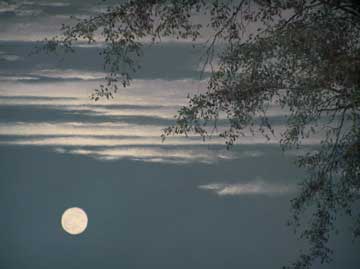
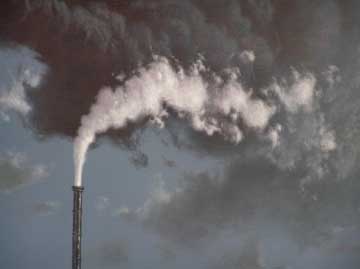
All the best to you,
